Can A Podcast Be A Video?
Podcasts are a series of audio recordings about specific topics, performances, events, music, etc. Podcasting is on the rise and there is no end in sight! Each and every day, more and more people are turning to podcasting for information, news, life events, entertainment, and more. Plus, the podcasting game is changing everyday. Thousands of new and exciting listening experiences are being released everyday, each unique and different from the last.
But, can a podcast be a video? The short answer is: YES! One specific change we are seeing in the podcasting world is the release of podcasts that include video. So, not only can you listen to your favorite podcast hosts, but now you can watch them too! Video podcasts can benefit content creators in so many ways. Video podcasts tend to garner more views, keep listeners coming back for more, and add an extra layer of entertainment to each podcast. So, let’s go over how you can create a video podcast!
Can A Podcast Be A Video?
Podcasts have long been used as a source of different kinds of information. Podcasts are, of course, traditionally consumed in audio form. But, with advancements in technology, podcasters are now using different channels to reach and appeal to a wider range of audiences. Unlike audio-only podcasts, video podcasts can be shared on a multitude of platforms (Instagram, Facebook, Youtube video, etc.), making your content more and more discoverable.
What Is A Video Podcast?
So, what exactly is a video podcast? A video podcast is a regular audio podcast that includes visual aspects. In most cases, the video aspect is simply a video of the podcaster(s) speaking or additional visual content that backs up what the podcaster is speaking about. This visual content can include a static image, animation, a live stream, or recording of a remote interview. Two great examples of video podcasts are The Joe Rogan Experience and TSC Him and Her.
Benefits of a video podcast include:
- Promotes authenticity and trust
- Greatly increases audience engagement
- Boosts social media platform shareability
- Increases discoverability and SEO of podcast
How To Create A Video Podcast
Looking to add some visual content to your audio podcasts? Or, are you thinking of starting a whole new video podcast? With some time, research, and dedication – you totally can! Let’s go over some ways to create a video podcast:
Static Photo Recordings
A static photo recording is the simplest form of a video podcast. To create this type of video recording, simply take your finalized audio recording and add (1) or several photos in a slideshow on top of the audio. These photos can include your podcast logo, photos of yourself or your guests, or photos relevant to the topic of the episode. Use this method if you’re looking to expand discoverability without investing in video recording equipment.
Remote Video Podcasts
Remote video podcasting is not only a great way to host interviews with people in different locations, but also to create visual content. Recording on platforms such as Zoom allows podcasters to create high quality audio and video recordings that can easily be edited and released to the public on various social media platforms. For more on different podcast recording software, click here.
In-studio Recordings
An in-studio recording can be compared to a Youtube vlog. This form of video podcasting involves recording yourself and/or your guests visually as you record your podcast audio. This allows your listeners to watch you as you speak, rather than just listening. This is a great method to use if you enjoy video recording and a great way to increase listener loyalty, trust, and authenticity. Especially if your podcast is centered around educating listeners about a specific topic. When it comes to in-studio recording, it’s important that you have excellent lighting, a good-quality camera, and an aesthetically pleasing recording studio.
Mixed Media Recordings
Last, but certainly not least, we have mixed media recordings. Mixed media can include animation, a collection of short videos, b-roll footage, other types of media, or a combination of many types of media. Really – the options are endless. Use this method if your skills fall on the side of graphic design, rather than videography.
Video Podcast Equipment
Investing in good-quality podcasting equipment is one of the main keys to success when it comes to creating a high-quality podcast. In addition to your regular podcasting equipment (microphone, studio equipment, noise-canceling headphones, audio editing software, etc), which you read more about here, here is what you’ll need to create a video podcast:
A High-Quality Camera
In order to create high quality video recordings, you will need a high quality camera. Qualities to look for in a podcasting camera include resolution, battery life, recording time, size, and price. To read more about cameras, check out our blog on the best cameras for podcasting [insert blog on cameras when released.]
Studio Lighting Equipment
When it comes to visual recordings, your lighting needs to be on point. Just like listeners enjoy listening to high-quality audio, viewers enjoy watching high-quality video. Ideal lighting should light up the entire room or podcast studio. Your lighting kit should also highlight your face, your guest(s), the background – everything. Highly recommended lighting kits include:
- UBeesize 10″ Selfie Ring Light
- Dazzne D50 Video Lighting Kit
- Neewer 3 Pieces Video Light and Stand Kit
Audio and Video Editing Software
There are plenty of editing software out there to choose from, each unique from the last. Qualities to look for in a good-quality audio and video editing software include ease of use, affordability, and advanced capabilities. Here are some examples of some high-quality editing software that allow both video file editing audio file editing:
Try your hand at video podcasting!
Looking to take your podcast to the next level? Don’t be afraid to try your hand at creating a video podcast. There are plenty of ways to experiment with video podcasting and a plethora of useful resources online to help you navigate the process. For more information on podcasting, such as how to monetize your podcast and how to write a podcast summary, be sure to check out the Dear Media Blog. And, of course, if you have any additional questions or comments, feel free to drop us a comment below! Also, be sure to come back and let us know how your recording went and if you found this article helpful! Until then, we wish you the best of luck with both your audio and video recordings!




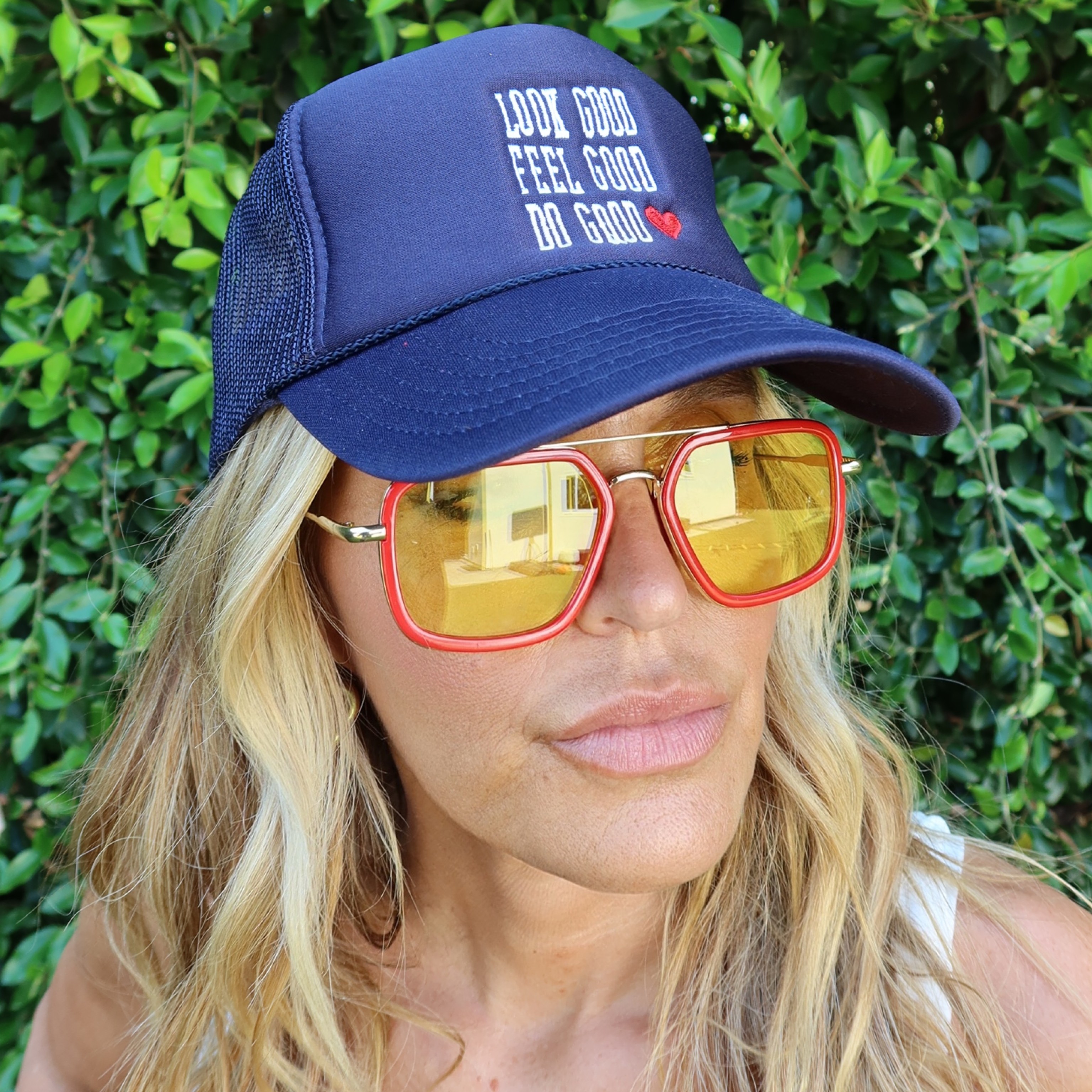
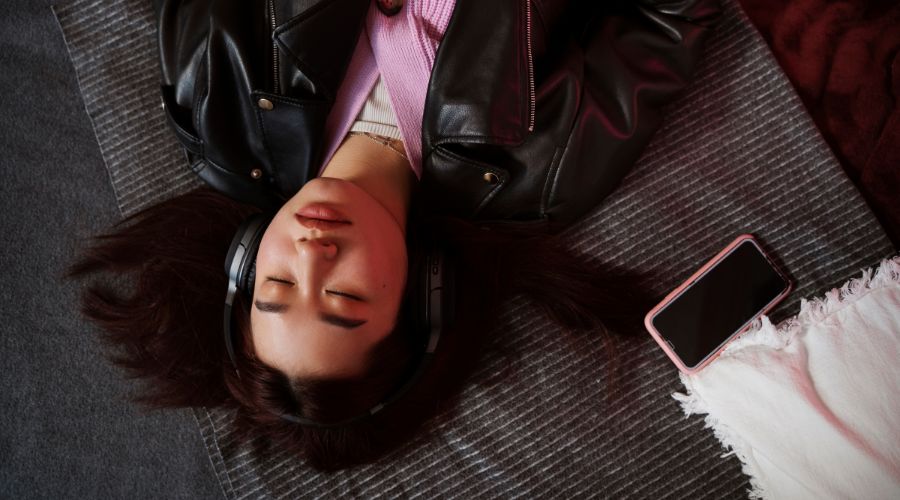

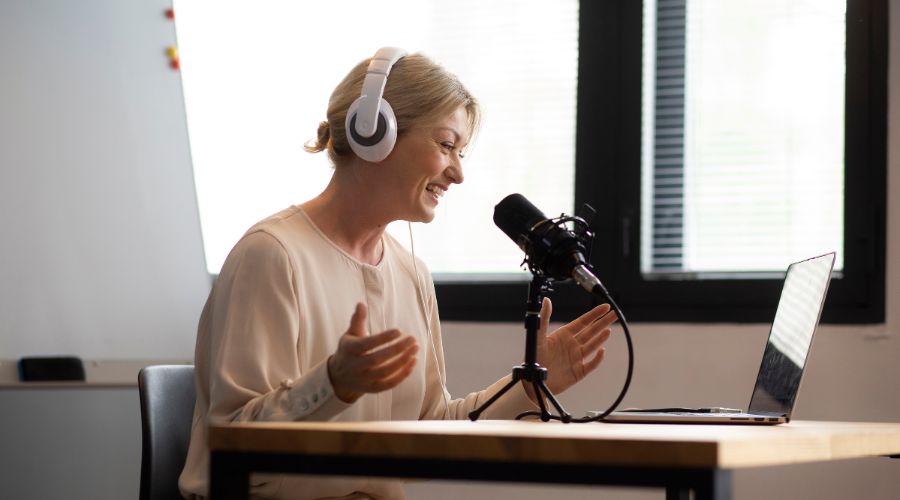
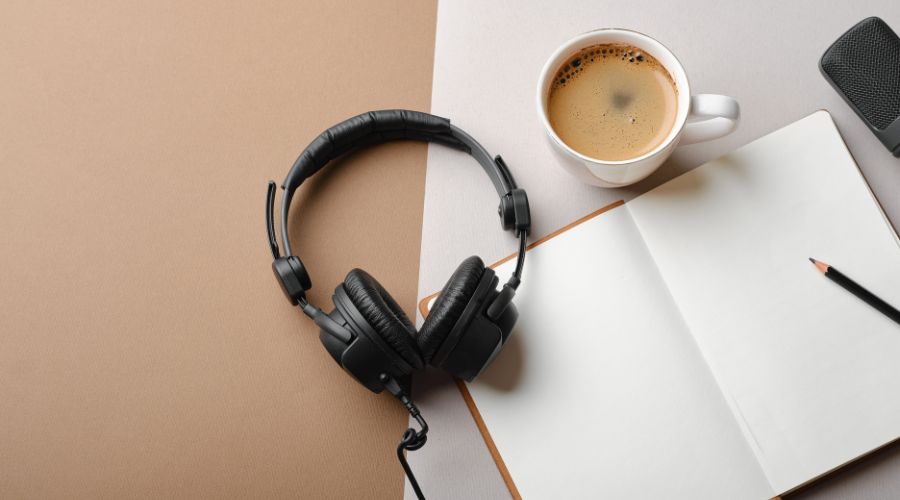
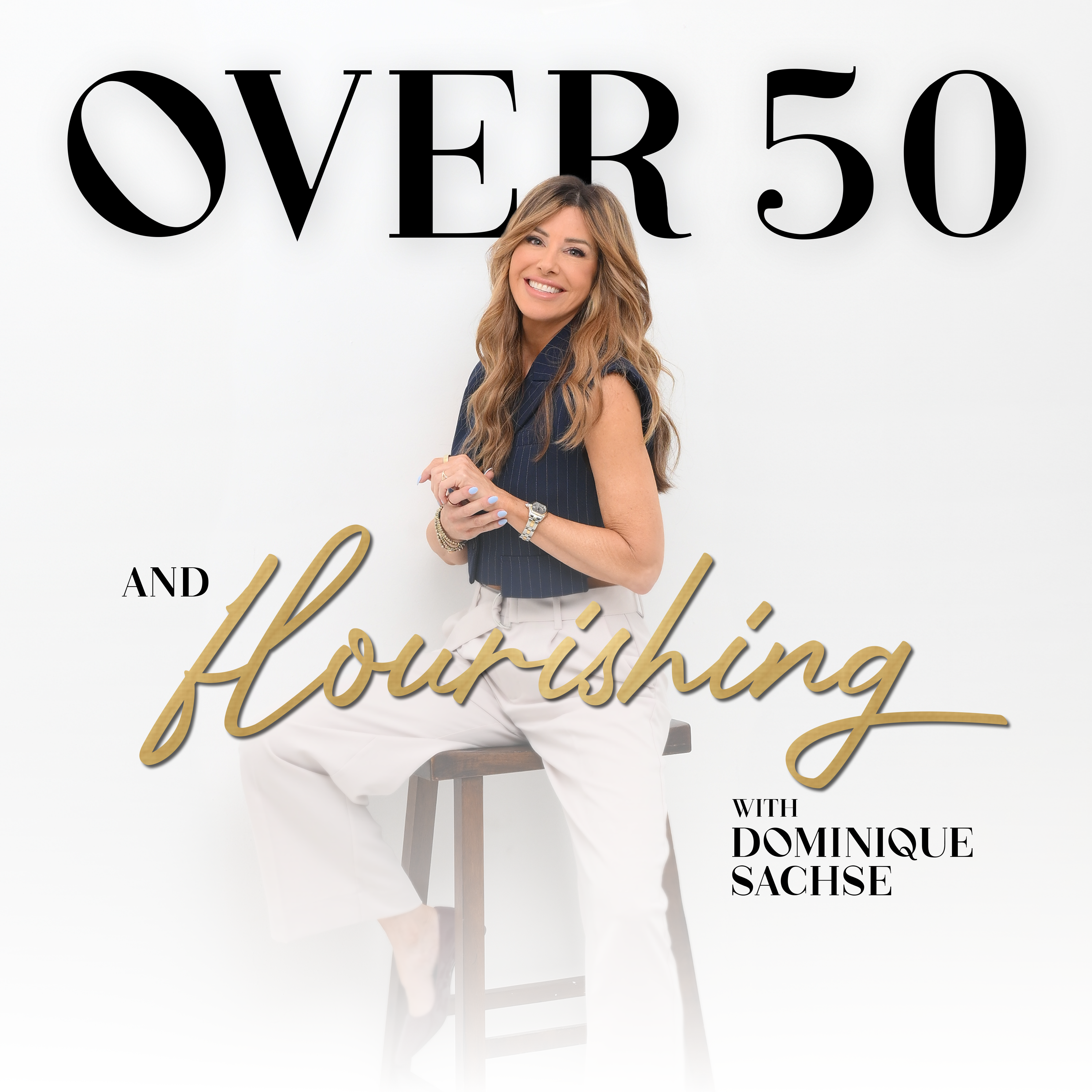
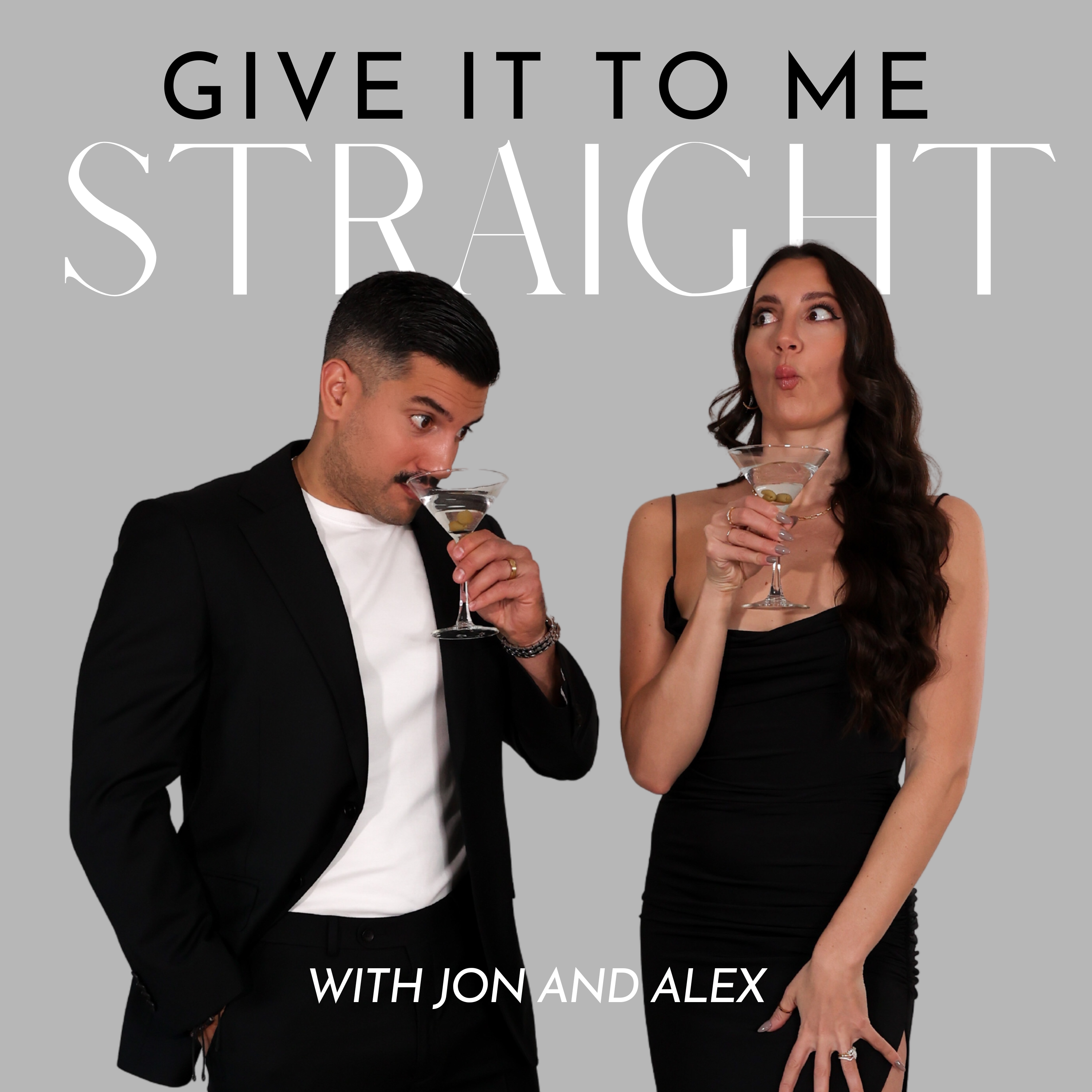
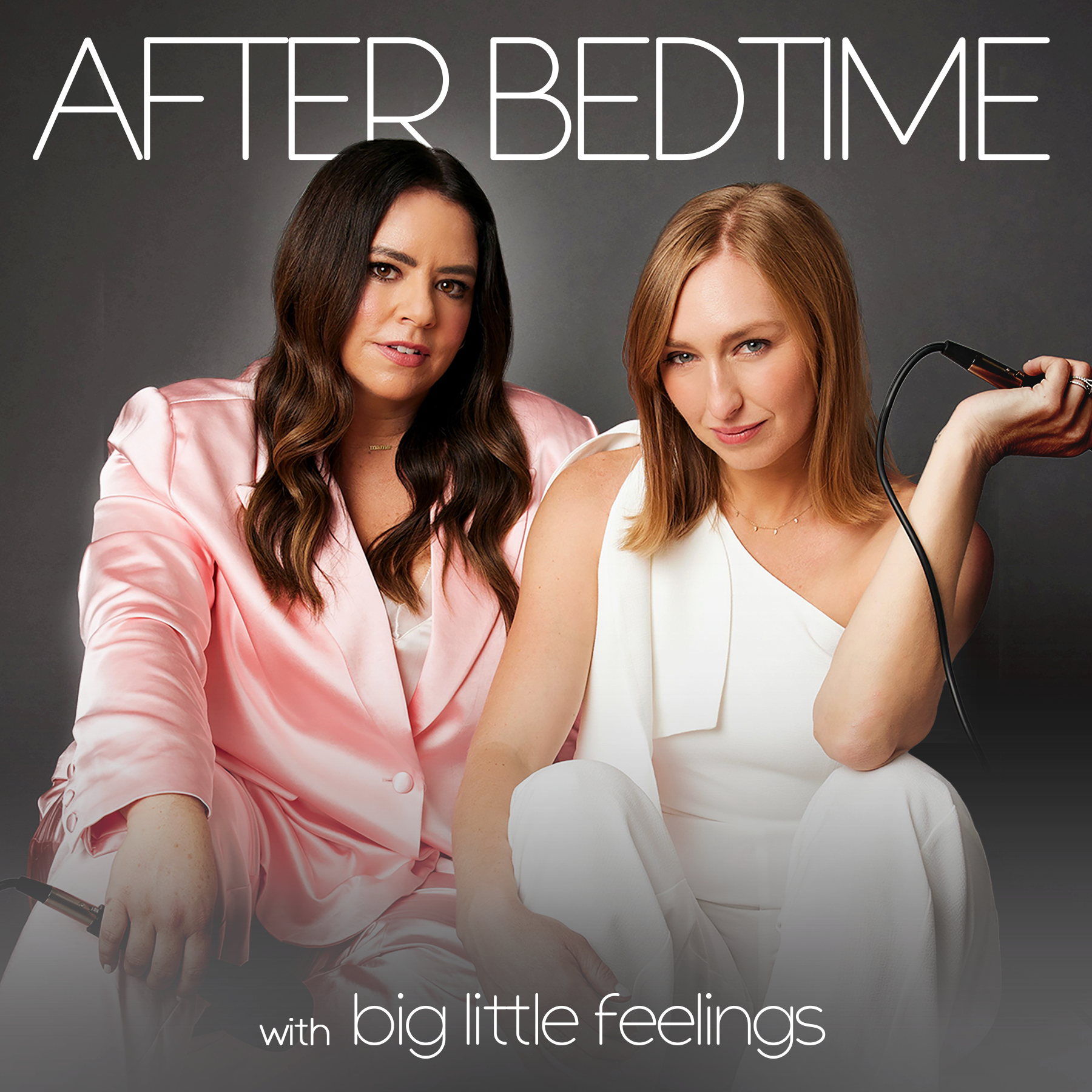
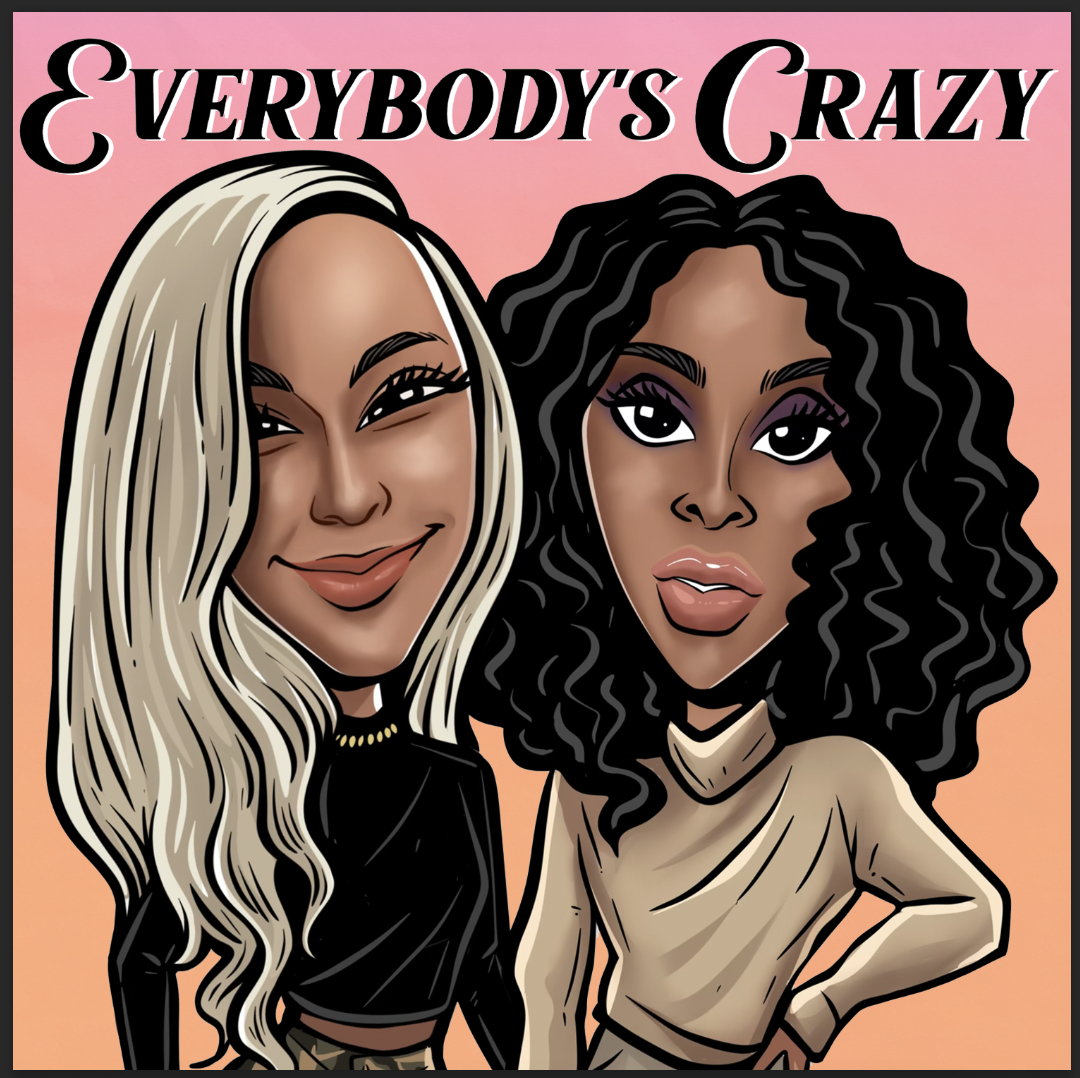
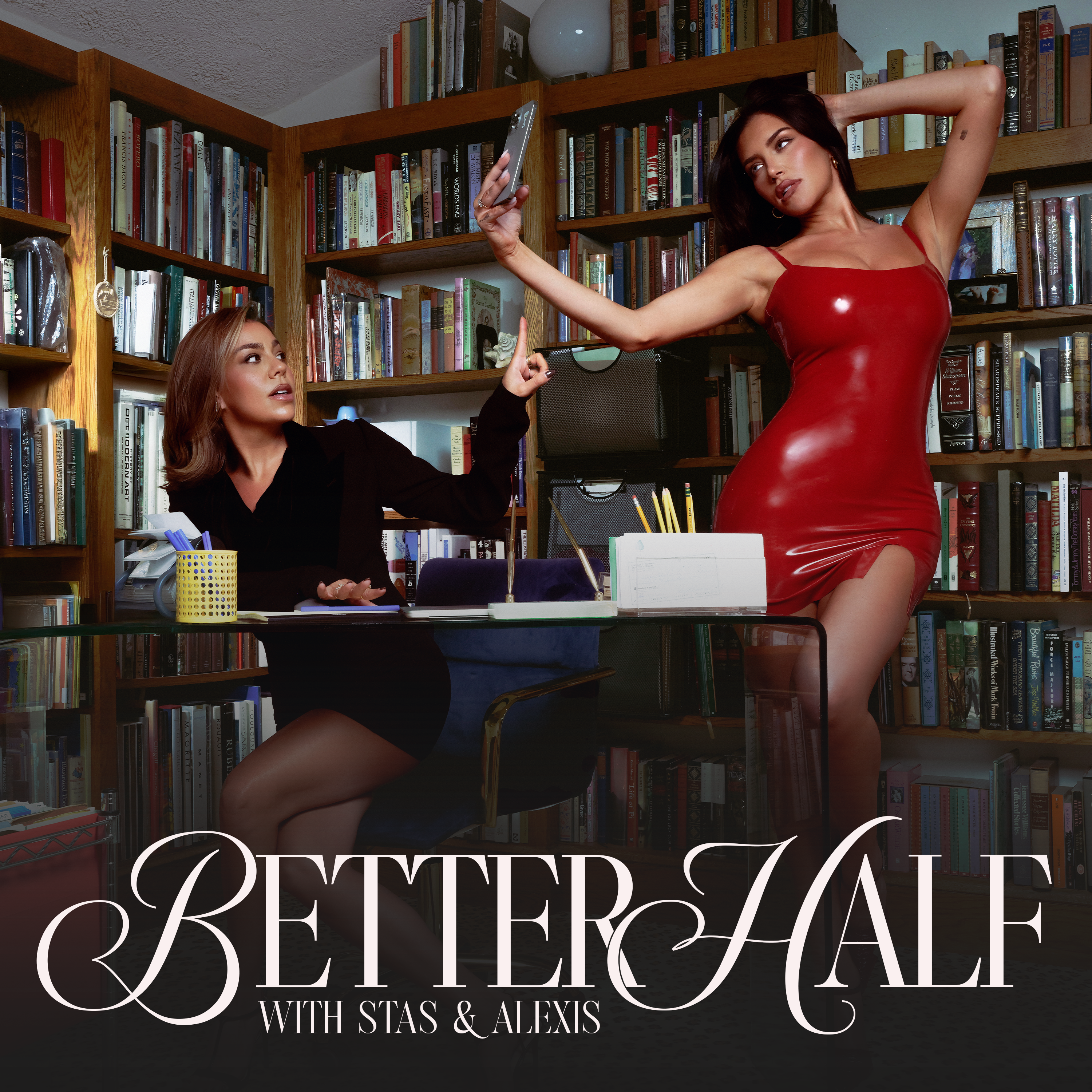
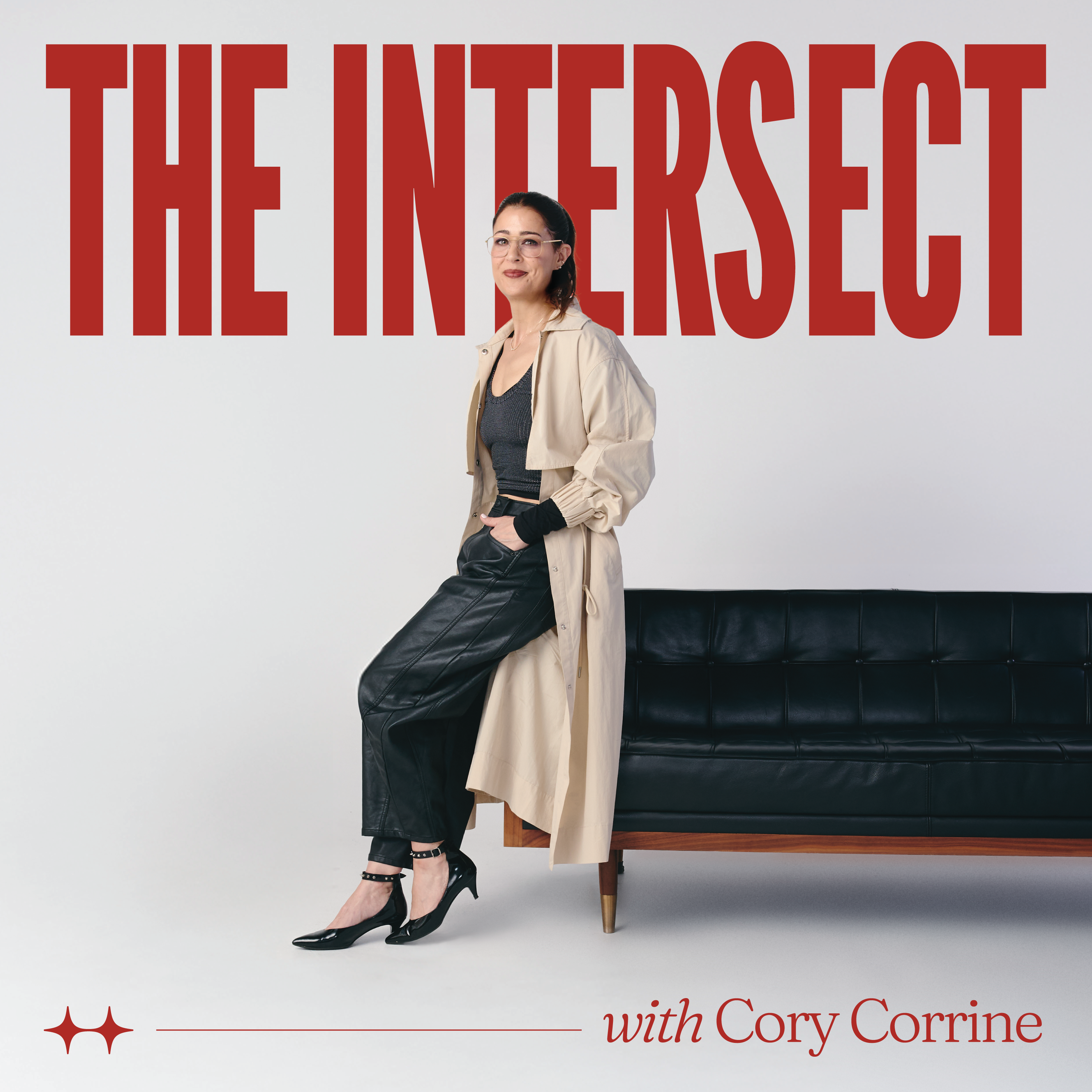
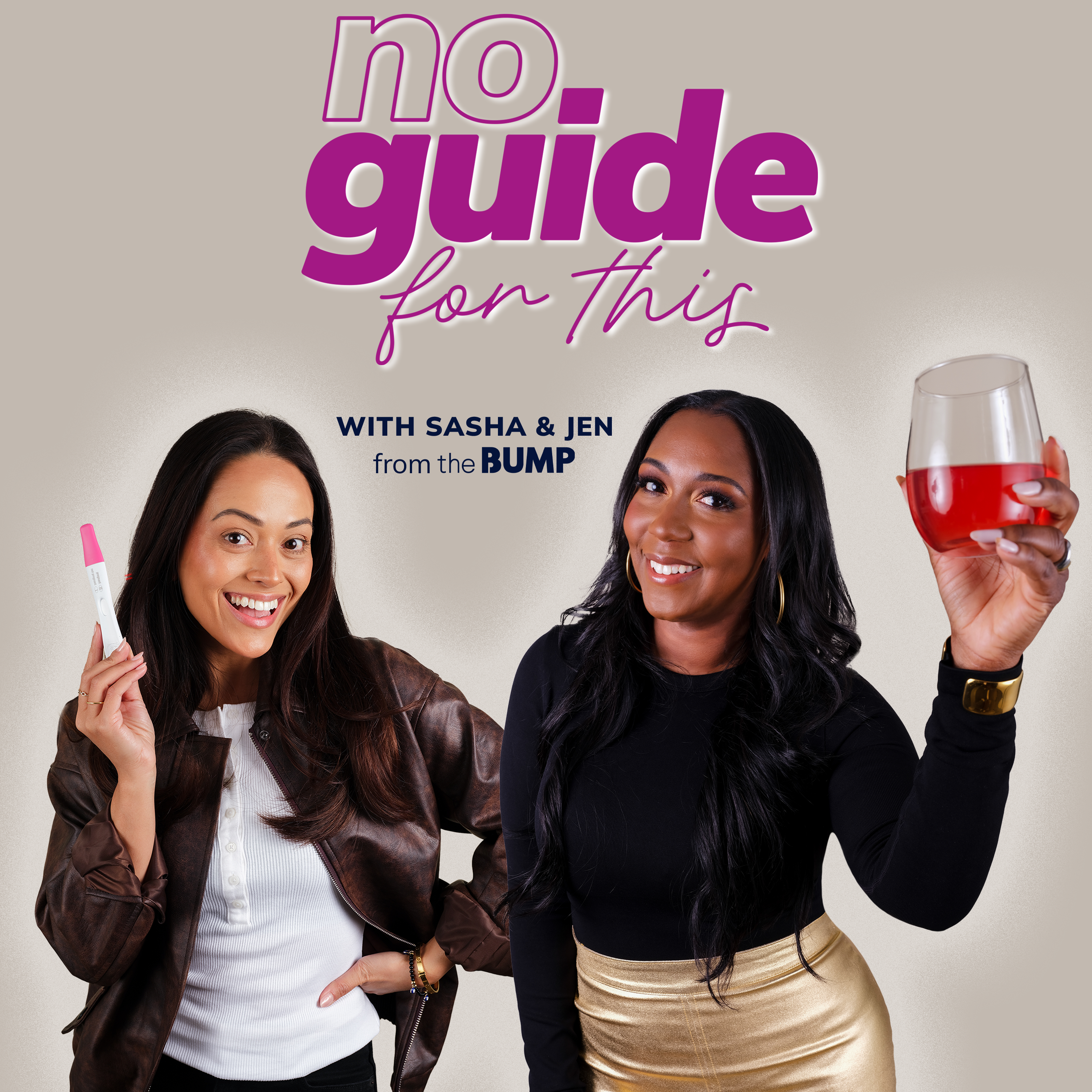

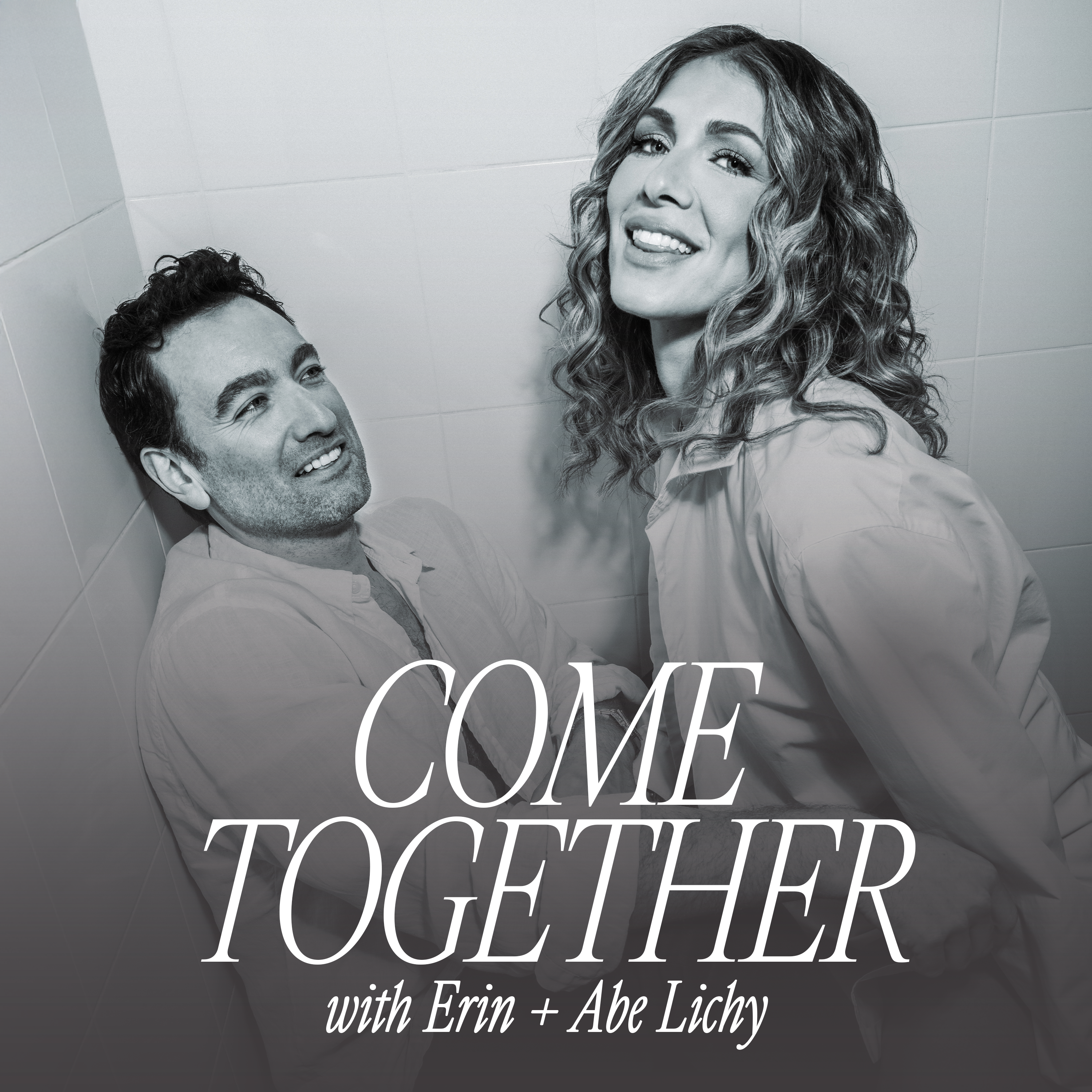


Leave a Reply